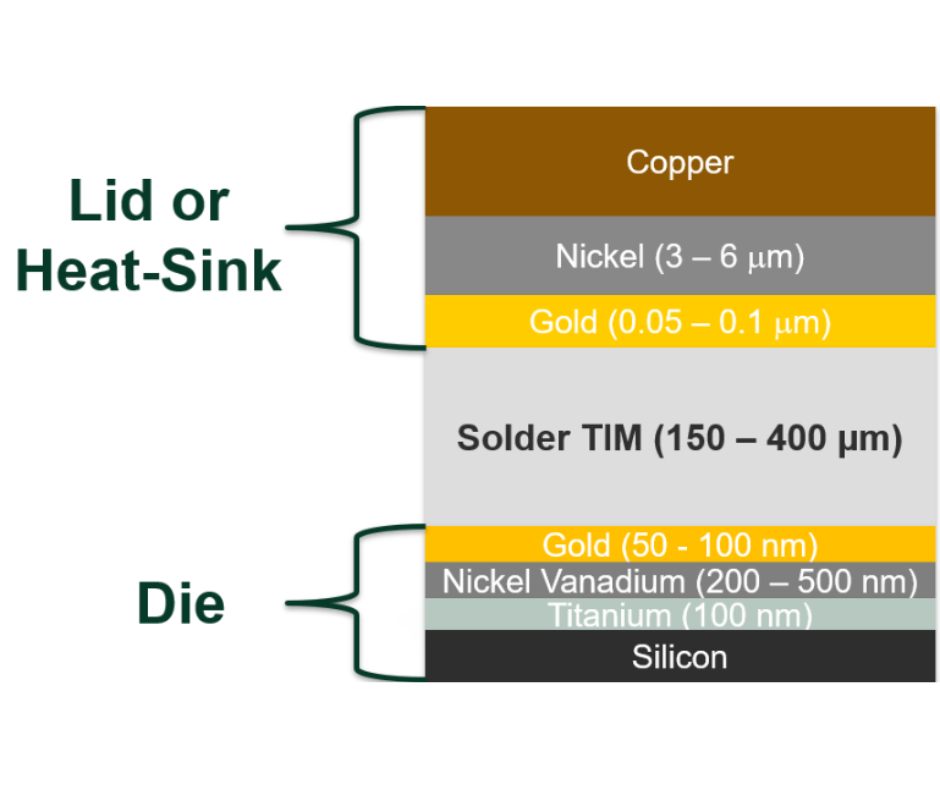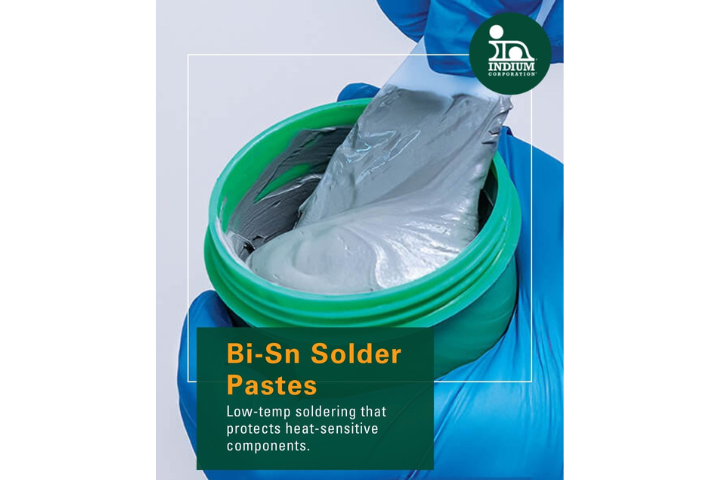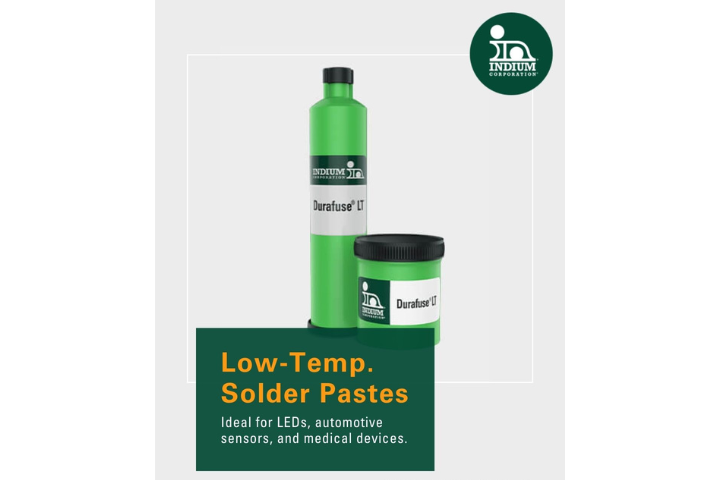I’d like to talk about how indium is used in many nuclear power plants to regulate the reaction which occurs. (If you need a quick primer on how nuclear power plants work, this is an interesting video)
In a traditional light water reactor, uranium atoms are split in a self-sustaining reaction, which gives off heat. That heat is used to make steam, which powers a turbine for generating electricity. The rate of reaction will increase exponentially if not controlled, which would cause a meltdown. This is where indium comes in – it is used in an alloy which is popular for making reaction control rods. These control rods slow the reaction to the extent they are inserted between the fuel bundles. It is said that full insertion of a control rod assembly can bring the reaction rate down by 90% in as little as 2 seconds!
The popular control rod alloy I mentioned earlier is made up of 85% silver, 15% indium, and 5% cadmium (85%Ag/15%In/5%Cd). To be clear, there have been many silver-based cadmium-containing alloys made for this purpose, although the addition of indium remains important to also improve corrosion resistance. The corrosion resistance properties of indium are desirable for an application such as this, where the control rods are submerged in high-temperature water.
85%Ag/15%In/5%Cd is an example of a relatively high temperature indium alloy, but indium is often used for very low melting point alloys as well. If you’d like to learn more about indium materials for control rod manufacture – or any indium unique application – please contact me at [email protected].
~Jim



